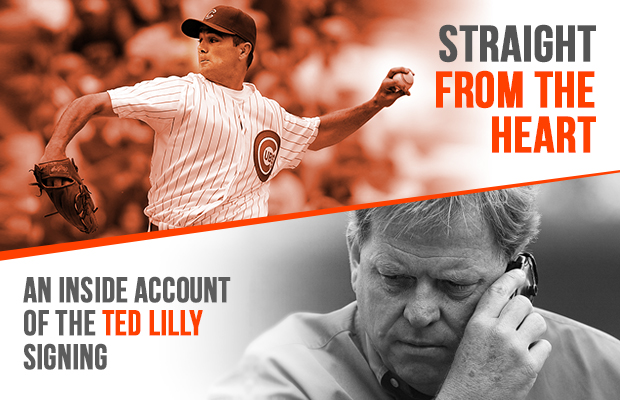Veteran outfielder David DeJesus announced today on Twitter that he’s officially retiring from the game. He’ll join the CSN Chicago studio team for the upcoming season.
The news certainly doesn’t come as much of a surprise after the 37-year-old sat out the 2016 season. He ended his time in the majors with a brief and unsuccessful stint with the Angels, who declined a club option for his services last year under the contract the team inherited when it acquired him from the Rays.
DeJesus had inked that two-year deal with Tampa Bay after a separate series of late-season transactions — he was claimed by the Nationals and then by the Rays shortly thereafter — left him with the new organization late in the 2013 season. He ultimately provided the Rays with 647 plate appearances of .254/.333/.394 hitting in what was his final significant stop in the game.
By that point, of course, the left-handed-hitting DeJesus was mostly a platoon player who was utilized against right-handed pitching. Earlier in his career, though, he was deployed on a fairly regular basis.
From his debut season in 2003 through the 2010 campaign, DeJesus slashed a solid .289/.360/.427 with 61 home runs for the Royals, representing his lengthiest and most productive stint with a single organization. That was an excellent return on the up-front investment for Kansas City, which had drafted him in the fourth round of the 2000 draft.
After an injury shortened his 2010 campaign, DeJesus was dealt to the A’s, where he didn’t quite perform to expectations. Still, the Cubs’ then-new front office signed him to a two-year deal — the first signing that it made. Installed as the regular right fielder while also spending time in center, DeJesus turned in a sturdy overall effort (.258/.343/.403) over his 900 plate appearances in Chicago.
In the aggregate, DeJesus enjoyed a productive, 13-year run in the majors. He tallied 24.7 fWAR and 22.9 rWAR along the way, and will be remembered as a steady and solid all-around performer. MLBTR wishes him the best of luck in his new venture.

